Jaishankar, Yi meeting could very well be the last attempt by India and China for an amicable settlement to the border stand-off in Ladakh, Riyaz Wani writes
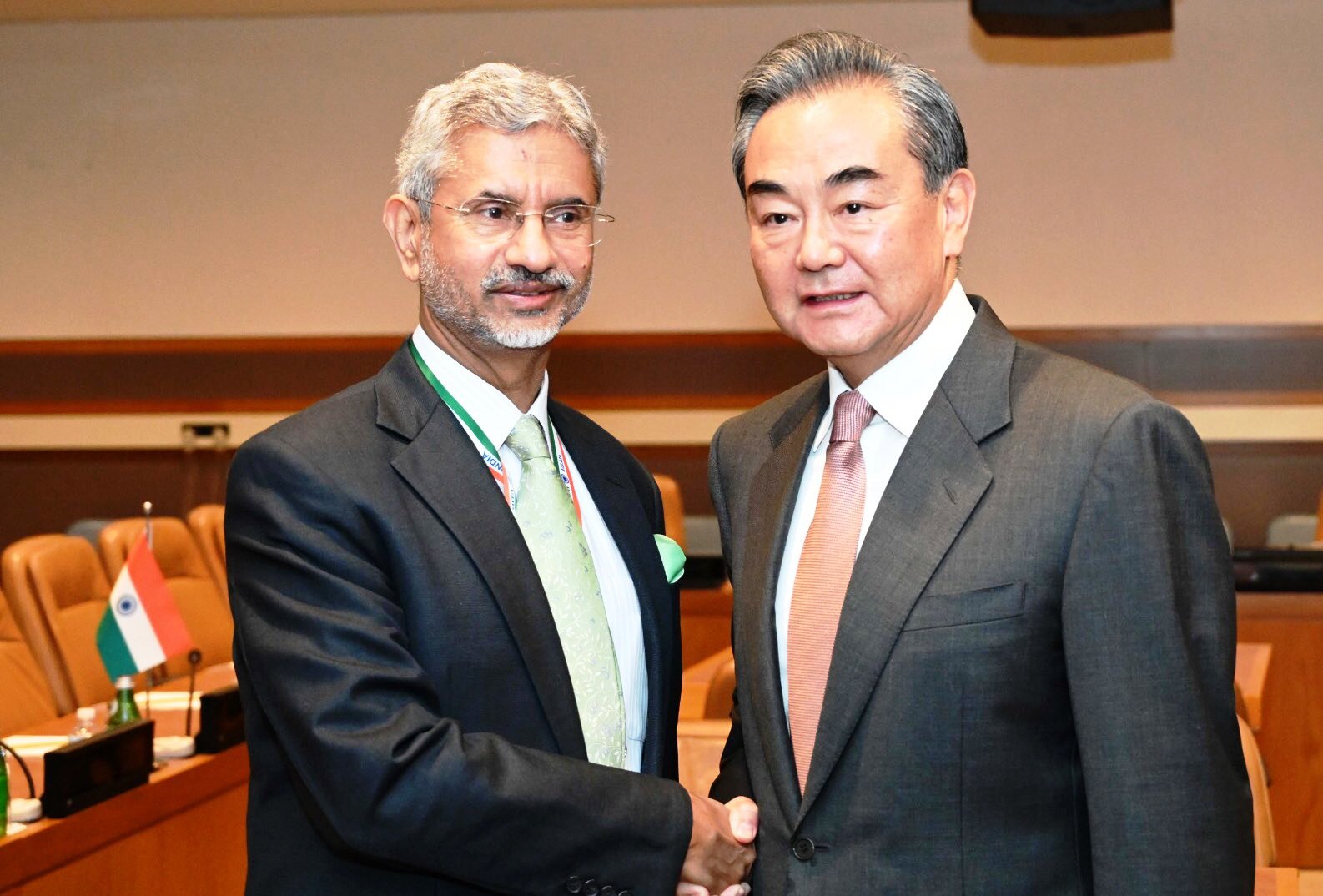
After months of almost eyeball to eyeball confrontation along Line of Actual Control (LAC), India and China have reached 5-point consensus on easing border tensions during the meeting of the foreign ministers of the two countries on the margins of a Shanghai Cooperation Organisation (SCO) meet in Moscow. Indian foreign minister S Jaishankar and his Chinese counterpart Wang Yi agreed that the new consensus would guide their approach to the existing stand-off on the LAC, including the disengagement of troops and easing of tensions.
“The current situation in the border areas is not in the interest of either side … Therefore…the border troops of both sides should continue their dialogue, quickly disengage, maintain proper distance and ease tensions,” the joint statement reads, adding both sides “shall abide by all the existing agreements and protocols on China-India boundary affairs, maintain peace and tranquillity in the border areas and avoid any action that could escalate matters”.
Will It Help?
Would this resolve the stand-off along the LAC? There is the hope that it should but the recent such agreements at the top level have done little to pave the way for disengagement. For example earlier in July Chinese Foreign Minister Wang Yi and India’s National Security Advisor Ajit Doval reached “positive common understandings” over easing the current border situation and underlined the need to act promptly on the consensus reached by their military commanders to complete the disengagement of the front-line troops at the LAC as soon as possible. But nothing changed on the ground.
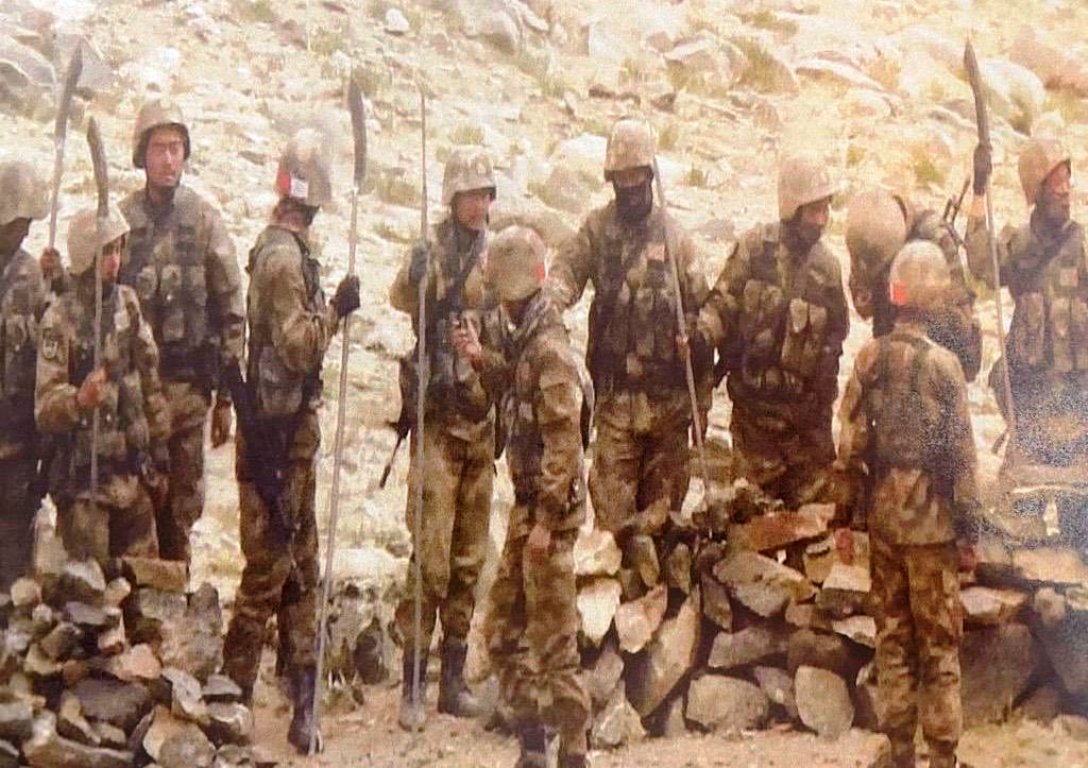
A similarly recent meeting between defence minister Rajnath Singh and his Chinese counterpart General Wei didn’t take place in a cordial atmosphere. Both sides also restrained from creating any false expectations. In fact, the tone of the statements issued by both the sides was terse, even while being mindful of the urgent need to pull back from the brink.
As things stand, both sides are ready for a long haul. But the situation can quickly change if there is a miscalculation or two from either side. For the first time in many decades, the two armies did open fire, albeit in air and to warn the other side.
Already with multiple Chinese incursions along the LAC, the situation has become fraught. Beijing is no mood to withdraw. Several rounds of talks between the two countries have not helped to break the ice. Now with India, in response, also pre-emptively capturing some heights at Pangong Tso, we have gone one more step up on the escalators ladder.
Jaishankar and Yi meeting can still make a difference. And this will be clear in the upcoming days.
Article 370
There has been a huge debate about whether Chinese incursions in Ladakh had stemmed from New Delhi’s erasure of the autonomous status of Jammu and Kashmir and its bifurcation into two union territories. There is a reason to take this observation seriously considering that China had vehemently objected to India’s move.
Hua Chunying, spokesperson for the Chinese foreign ministry, in a written statement, called Jammu and Kashmir an issue with the “legacy of history between India and Pakistan”. He added that “the parties concerned should exercise restraint and act with caution, especially to avoid actions that unilaterally change the status quo and exacerbate the tension… We call on the two sides to peacefully resolve relevant disputes through dialogue and consultation and safeguard regional peace and stability”.
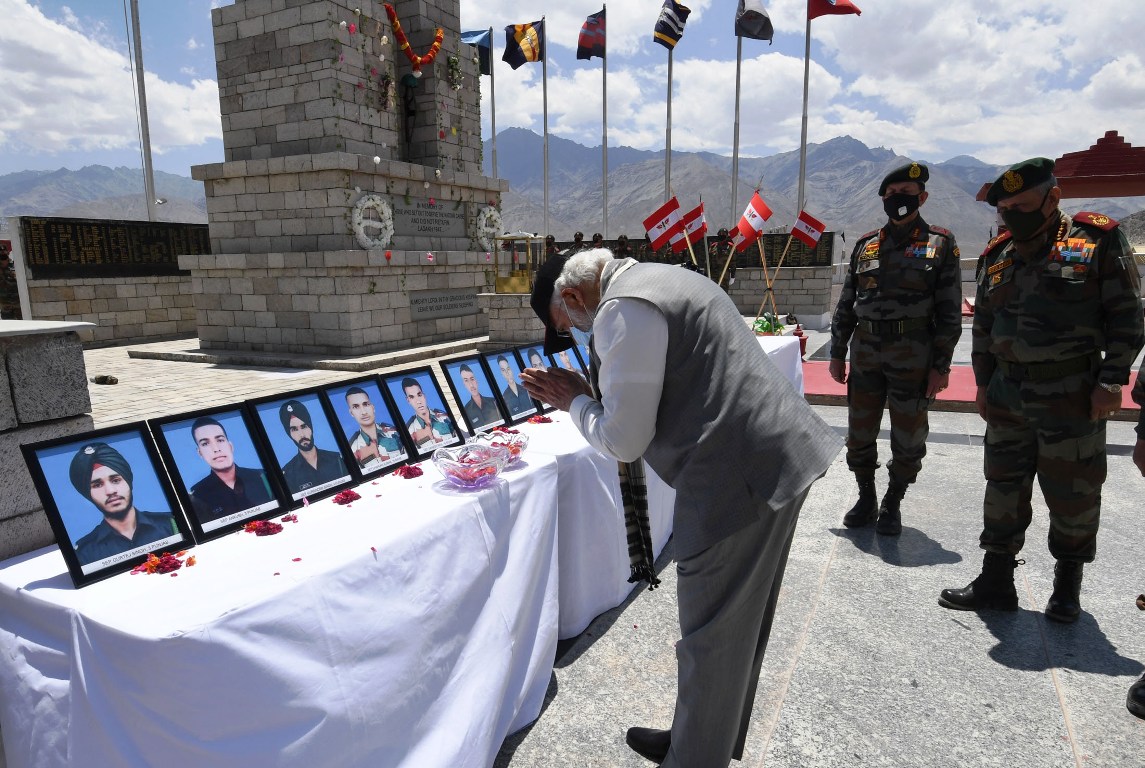
China was also upset about the conversion of Ladakh into a UT. China has since given enough signals of its unhappiness with the altered the status of Jammu and Kashmir.
In June, deputy director of a Chinese ministry of state security-affiliated think tank, Institute of South Asian Studies at the China Institutes of Contemporary International Relations (CICIR), Wang Shida too made it clear that the repeal of Jammu and Kashmir’s status had “posed a challenge to the sovereignty of Pakistan and China” and “stimulated China and Pakistan to take counter-actions on the Kashmir issue”.
However, China hasn’t officially or publicly raised the issue of the withdrawal of Jammu and Kashmir autonomy in the course of the ongoing stand-off with India. Be that as it may, China’s incursions in Ladakh seems to have given it a more prominent role in Jammu and Kashmir. Also, on its urging, the United Nations Security Council has thrice discussed Kashmir over the last year, albeit in a closed-door informal session.
1962 Redux?
The current stand-off has stark similarities with the Indo-China war in 1962. That time also, the differences between the neighbours over the perception of the LAC culminated into a war. Incidentally, then also the Chushul belt was in news.
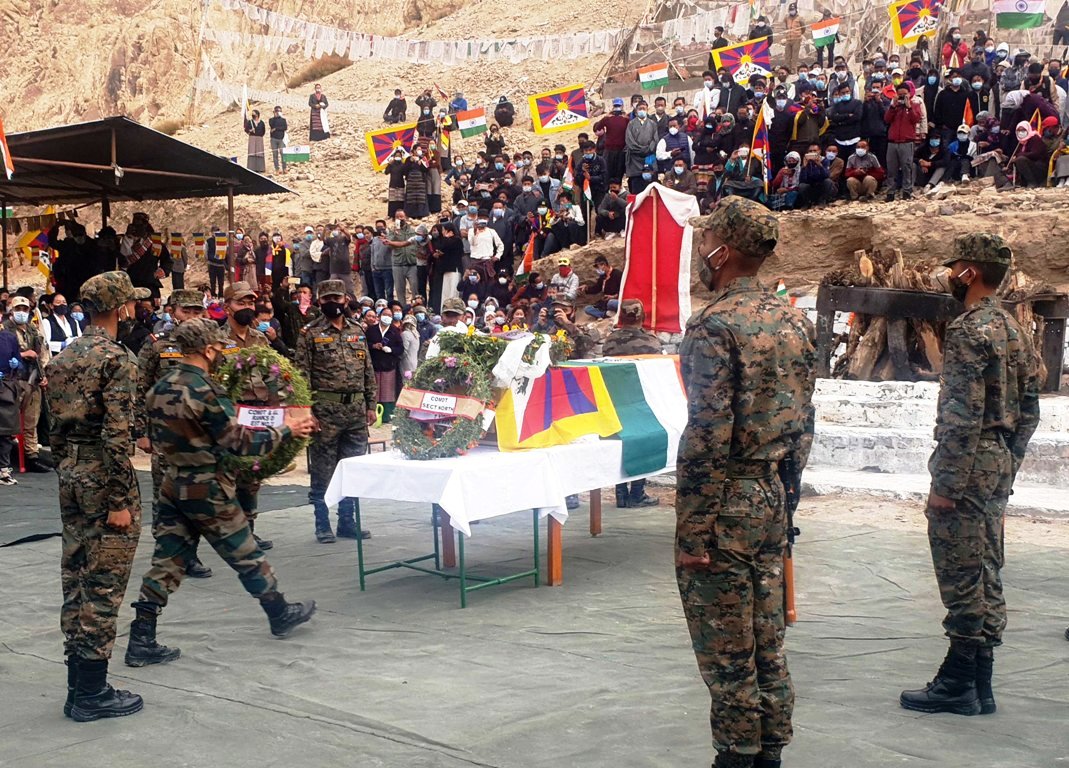
A series of events beginning with 1959 Tibetan uprising, when India granted asylum to Dalai Lama, eventually culminated into a war. However, it was the then Prime Minister Jawahar Lal Nehru’s Forward Policy whereby Indian army set up outposts north of the contentious Macmohan Line between the countries that led to swift retaliation by China. The trigger was India Army establishing Dhola Post in Tawang, one mile north of Macmohan Line in June 1962. According to China, the post was deep into its territory and it responded to it with military force triggering a war.
The war lasted for 30 days resulting in India losing a lot of area to Chinese. One such area was the Aksai Chin in Ladakh, which is about 14700 square miles of territory.
Last year speaking in parliament during the debate over the revocation of Article 370, the home minister Amit Shah had said that India would get back Aksai Chin from China. “We will give our lives but will take back Aksai Chin,” Shah told the Parliament in response to a question.
High Pitch Rhetoric
Over the last year, India did little practically to follow up on the threat, albeit in recent years India has focussed more on shoring up its infrastructure along the LAC to try and match the infrastructure building on the Chinese side. Over the last year also, there was greater recourse to rhetoric by the senior BJP leaders that India will liberate Pakistan Administered Kashmir and Gilgit and Baltistan from Islamabad’s control.
Did these threats led to Chinese incursions in Ladakh? There is no credible answer to this question. But according to experts on Sino-India affairs, the growing aggressive rhetoric within India on Aksai Chin, PaK and Gilgit Baltistan may have led Beijing to react.
However, it can be safely argued that the ongoing stand-off is the outcome of a host of factors including the evolving geo-political situation which is taking the world in the direction of a new cold war, this time between the US and China. China has become increasingly sceptical of India’s growing closeness with the US and its membership of the Quad – a group of four countries comprising Australia, Japan, India and the US – a grouping that is being billed as Asian NATO.
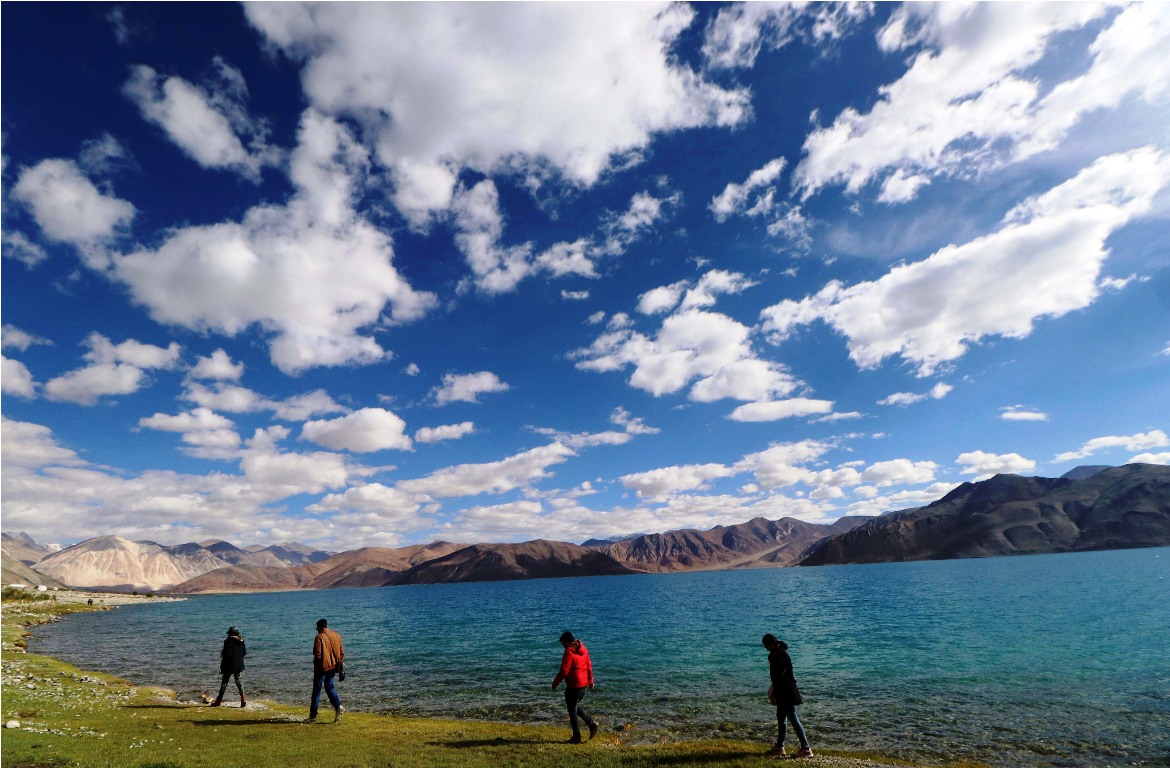
PHOTO BY BILAL BAHADUR
This divergence in the paths of India and China further reinforced by India’s refusal to be a part of the Belt and Road Initiative has made conflict an inherent part of the relationship between two Asian giants.
At the same time, there is much at stake if the conflict does break out between the neighbours. The two countries are together home to around one-third of the global population. So, a war between the two will disastrous for their peoples, more so, India which is the weaker of the two countries and is currently grappling with the double whammy of an exponential rise in cases of Covid-19 and a wrecked economy.
Two Font War?
The stand-off has also generated public conversation in India about India having to face a two-front war, should hostilities break out between India and China. Another front being hinted at is the one with Pakistan with which India not only shares a contentious border in Kashmir, also called Line of Control (LoC), but also a decades-old dispute over Kashmir itself. Unlike the LAC, the LoC has perennially been a site of regular skirmishes leading to loss of civilian and security lives. Already with the LAC becoming active over the last several months, the recurrent firing exchanges along the LoC have made the current military challenge to India two-frontal in nature. And should an India-China war break out, that could make it worse. There is a possibility that Pakistan may see an opportunity in a vulnerable India and open another front.
Last Ditch Effort
Jaishankar, Yi meeting could very well be the last attempt by the two sides for an amicable settlement to the border stand-off. If things go back to square one from here on, it is likely to end up into a war. That is if there is no space for the premiers of the two countries – Narendra Modi and Xi Jinping – to step in and avert a bigger conflict.















